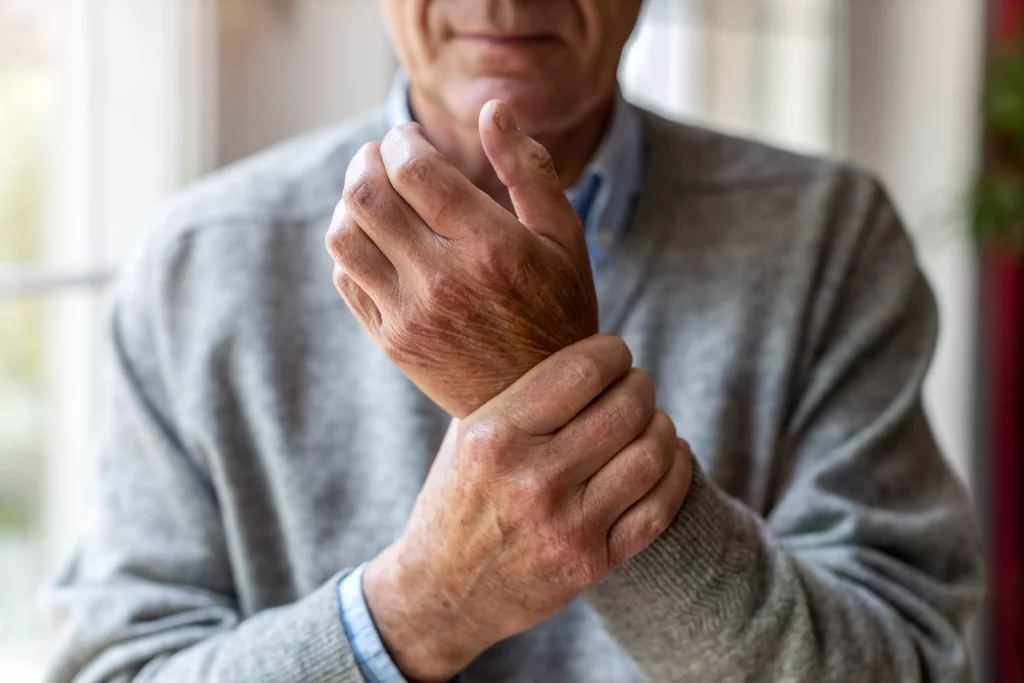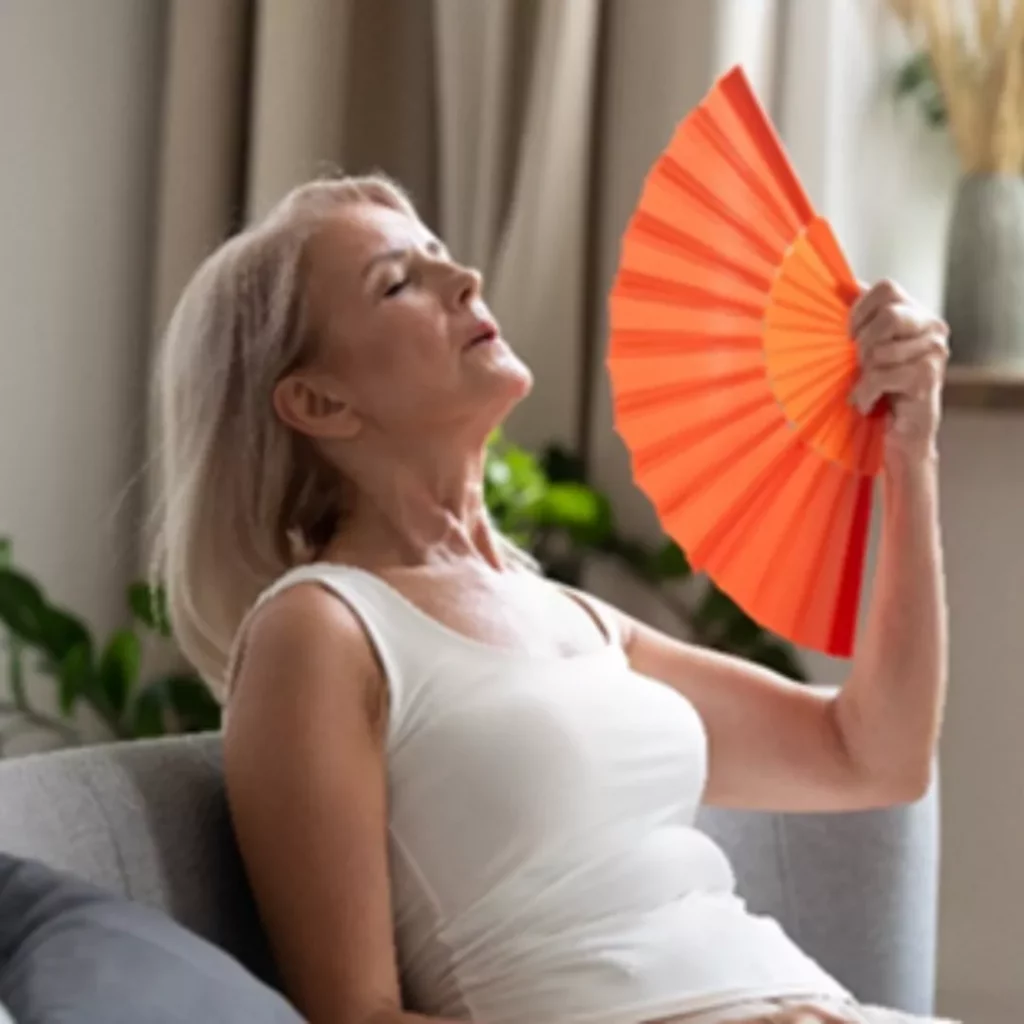Heading off Headache Pain This National Migraine and Headache Month
June is National Migraine and Headache Month—spotlighting one of the most common pain conditions we experience. In any given year, nearly 95% of women and 90% of men will experience at least one headache, with 1 in 5 women and 1 in 16 men experiencing migraine headaches.
 Commonly causing pain in the head, face, upper neck, and shoulders, headaches can affect any region of the head. Some headaches are felt on one side of the head, while others are felt on both sides— even radiating across the head. The pain sensations caused by headaches are varied—with some presenting as sharp, shooting pain and others as throbbing sensations or dull aches. Some headaches are mild and short-lived while others are severe and debilitating.
Commonly causing pain in the head, face, upper neck, and shoulders, headaches can affect any region of the head. Some headaches are felt on one side of the head, while others are felt on both sides— even radiating across the head. The pain sensations caused by headaches are varied—with some presenting as sharp, shooting pain and others as throbbing sensations or dull aches. Some headaches are mild and short-lived while others are severe and debilitating.
Despite being a familiar and common occurrence, headaches and their causes are not fully understood. What we do know is that headache pain is linked to specific signals interacting with our brain, blood vessels, and nerves. These chemical interactions result in nerves sending pain signals to the brain.
Know Your Headaches
 Understanding the type of headache you’re experiencing is invaluable in identifying the optimal treatment to relieve and resolve pain. There are hundreds of types of headaches, but most fall into one of two broad categories: primary headaches and secondary headaches. Secondary headaches account for about 10% of headaches and are a symptom of an underlying disease or condition activating pain-sensitive nerves in the head. These headaches vary in severity and can be caused by an incredibly diverse and wide range of conditions—from allergies to cancers and concussions. Typically, the headaches we experience are primary headaches, which account for approximately 90% of all headaches. Today, we’ll take a look at three major types of primary headaches: tension, migraine, and cluster headaches.
Understanding the type of headache you’re experiencing is invaluable in identifying the optimal treatment to relieve and resolve pain. There are hundreds of types of headaches, but most fall into one of two broad categories: primary headaches and secondary headaches. Secondary headaches account for about 10% of headaches and are a symptom of an underlying disease or condition activating pain-sensitive nerves in the head. These headaches vary in severity and can be caused by an incredibly diverse and wide range of conditions—from allergies to cancers and concussions. Typically, the headaches we experience are primary headaches, which account for approximately 90% of all headaches. Today, we’ll take a look at three major types of primary headaches: tension, migraine, and cluster headaches.
The most common type of headache, tension headaches are characterized by mild to moderate pain felt on both sides of the head, with dull head pain and tightness in the forehead—lasting anywhere from 30 minutes to a few days. Stress is believed to be the leading cause of tension headaches, but, interestingly enough, changes in the weather are also a common trigger.
The second most common type of headache is the migraine, which causes intense, throbbing, and often debilitating headache pain. Often felt on one side of the head, migraines can last anywhere from a few hours to several days. Migraine sufferers often experience moderate to severe throbbing, pounding pain accompanied by nausea or vomiting, abdominal upset, and sensitivity to light, sound, or odors. Migraines affect more women than men— three times more common in women than in men—and are genetic. Common migraine triggers include stress, hormone changes, sleep deprivation, and dehydration.
One out of every thousand people experience a cluster headache, which gets its name from how a group of headaches arrive before temporarily disappearing. Each headache typically lasts 30 – 45 minutes, with clusters occurring up to eight times per day during a cluster period. Each cluster period can last anywhere from two weeks to three months. Cluster headaches cause the most severe pain of any primary headache, with typical cluster pain characterized as throbbing, constant, intense burning or stabbing pain usually felt behind the eye region. While the cause of cluster headaches is not fully understood, the consumption of alcohol is known to worsen a cluster period.
Heading Off Pain
All too often, headaches have us reaching for a bottle of ibuprofen. If you find you’re taking too much headache medication, we’ve rounded up five drug-free ways to ease headache pain.
- Nutrition: A healthy diet rich in whole foods is beneficial for preventing and managing headaches. Many experts recommend frequent, small meals—especially for migraine sufferers—which prevents blood glucose levels from dipping too low between meals.
- Exercise: While aerobic exercise may not seem appealing during an episode of headache pain, exercise helps manage headache symptoms by releasing endorphins, our body’s natural painkiller.
- Hydration: Drinking water to stay hydrated is important in relieving headache pain. When our body is dehydrated, our brain temporarily contracts due to fluid loss. When the brain pulls away from our skull, we experience headache pain.
- Massage: By promoting circulation, massage—especially of your scalp, neck, and temples—increases blood flow, which reduces pain.
- Meditation: With stress as one of the leading causes of many headaches, relaxation techniques like meditation, that reduce stress signals in the brain can be helpful in relieving and preventing headaches.
For more information about how Anodyne’s doctors and specialists can help resolve your headache and migraine pain visit https://anodynepain.com/ today.
Related Articles
Whether you’re struggling to diagnose a chronic pain condition or you’re pursuing wellness treatments to stay healthy and feel great, we’re here to support you at every step of your health care journey.


